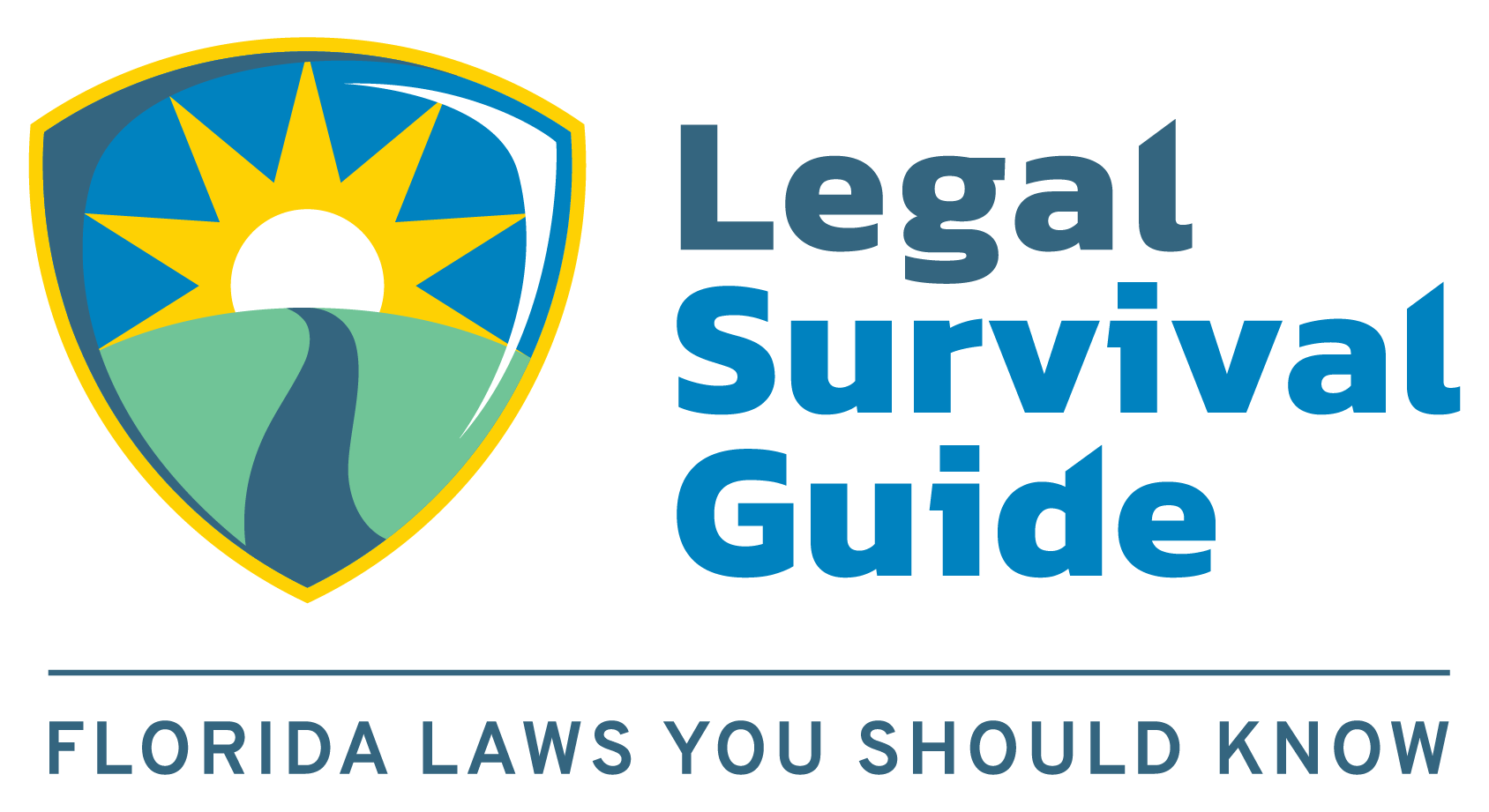Seat Belt Laws
The best safety feature of each car is its seat belts, but they only work if you actually use them. Importantly, this includes wearing a seat belt the correct way. Seat belts should be worn with the lap belt around your hips and the shoulder belt across your chest. A seat belt will not work correctly if tucked behind your body. Doing so offers minimal protection during an accident.
Seat belts protect you from:
- Being ejected from the vehicle
- Being thrown against other passengers, the steering wheel, or the windshield
- Being moved from behind the wheel, which is the only place from which you can control a vehicle
Since 2009, Florida’s seat belt law has been considered a primary enforcement law. This means the law requires all drivers, front-seat passengers, and children under 18 to use seat belts or other child restraint devices while riding in car. An officer can stop your car at any time and issue a citation if they see that you or someone in your vehicle isn’t wearing a seat belt.
To benefit from the safety protection of seat belts, children should sit in car seats that are appropriate for their age, weight, and size. Additionally, kids under 12 should sit in the rear seats because younger children can be significantly hurt if front-seat airbags deploy near them.
Car Seat Laws
Whether you’re transporting your own child or a relative’s child, or transporting children as part of your job, you need to know Florida’s car seat laws. The law requires all children under the age of 5 to be secured in a crash-tested, federally approved child restraint device, i.e. a car seat or booster seat. This law does not prohibit a person from keeping their child in a car seat or booster seat longer than 5 years old. A seat belt (without a booster seat) may only be used for children 4-5 years of age when the driver is not a member of the child’s immediate family and the child is being transported as a favor or in an emergency.
The best car seat is one that fits your child and your car, and is appropriately used every time you drive with a child. Also, while Florida law refers specifically to a child’s age, the most important factors are a child’s height and weight. Federally approved car seat guidelines are established based on height and weight, not age. Since each child grows at a different rate, this is the best approach for keeping children safe.
Front-facing vs. Rear-facing Car Seats
Florida has no specific car seat laws regulating front-facing and rear-facing car seats. When deciding on a front-facing versus rear-facing car seat orientation, it’s best to follow manufacturer guidelines for federally approved car seats.
For more information, read your car seat’s instruction manual and the associated portion of your vehicle’s owner manual. Make sure to regularly check for car seat and booster seat recalls. Always refer to the official Florida Driver License Handbook for more information on seat belts and car seats.
Penalties of Violating Florida’s Car Seat Laws
If you fail to follow the law, penalties could include a $60 fine and three points against your driver’s license. A court can decide to waive the points and send the person to a child restraint safety program.
To avoid penalties and ensure that your child is riding in the safest way possible, check if there is a Safe Kids inspection station or NHTSA car seat safety inspectors in your area.

